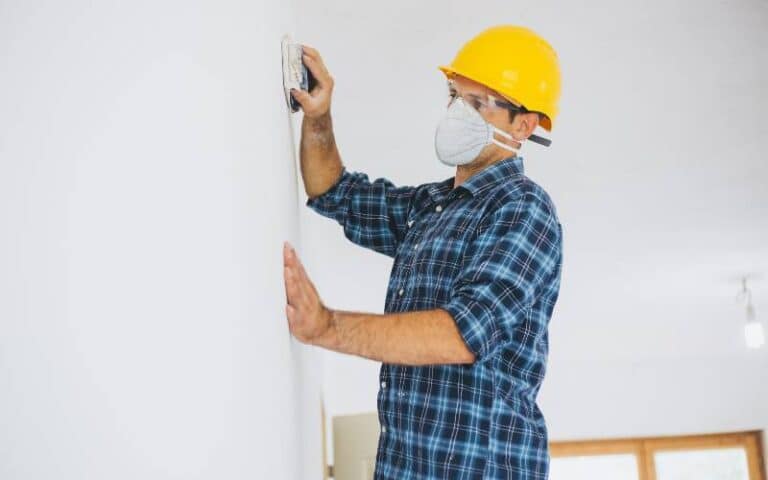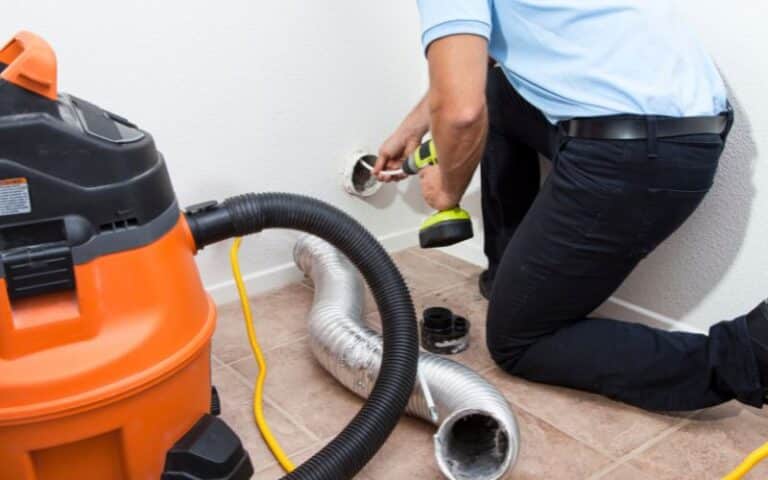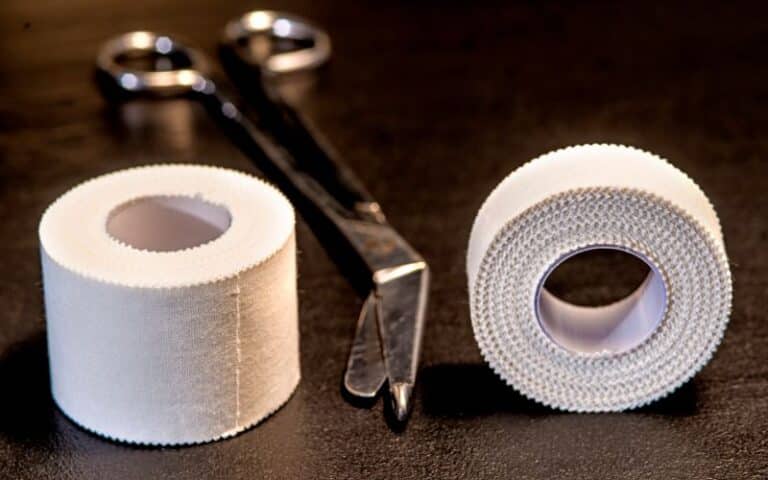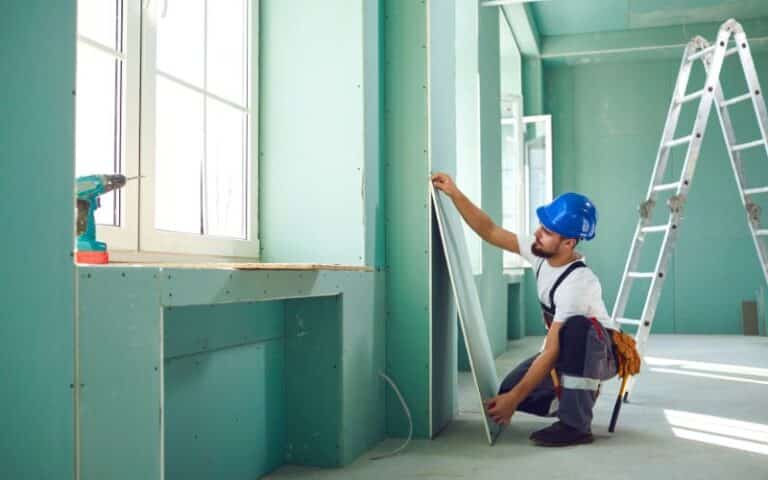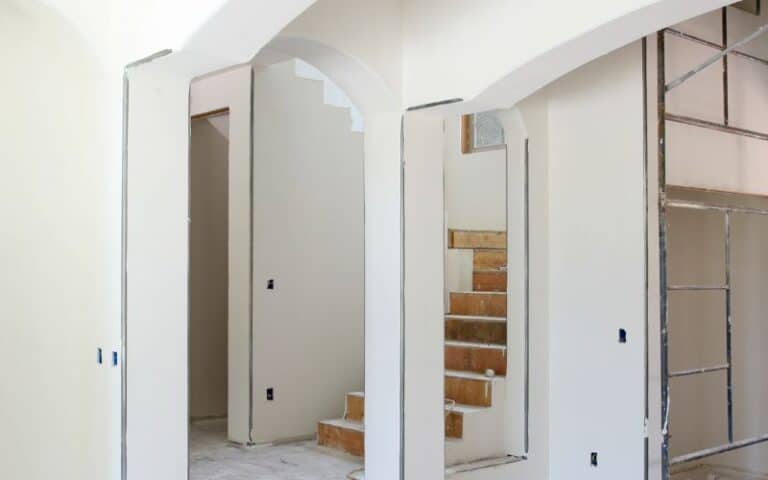You just completed your drywall installation; everything is coming together as you wanted.
The next thing on the list is to add colors through painting, making the building more beautiful and appealing.
But after you’re done, you realize some parts of the drywall aren’t as smooth as they should be. What could be wrong?
Unfortunately, this mainly occurs because you didn’t prime the wall before painting. Does that make priming crucial for all drywall painting?
Priming is a vital before-painting step in determining how your drywall painting turns out. New drywalls are like sponges, they absorb paint readily, but the areas with joint compound tape don’t soak up paint similarly. Hence, you may notice a messy job after everything in such areas. Using it helps to give your painted drywall a smooth and even look.
You could make many mistakes during painting drywalls, but not priming should be the last on your list.
We’ll explain how important it is, how to resolve this problem, and excellent paints to use on unprimed walls.
Ready for a Drywall Quiz?
What Happens If You Don’t Prime Drywall Before Painting?
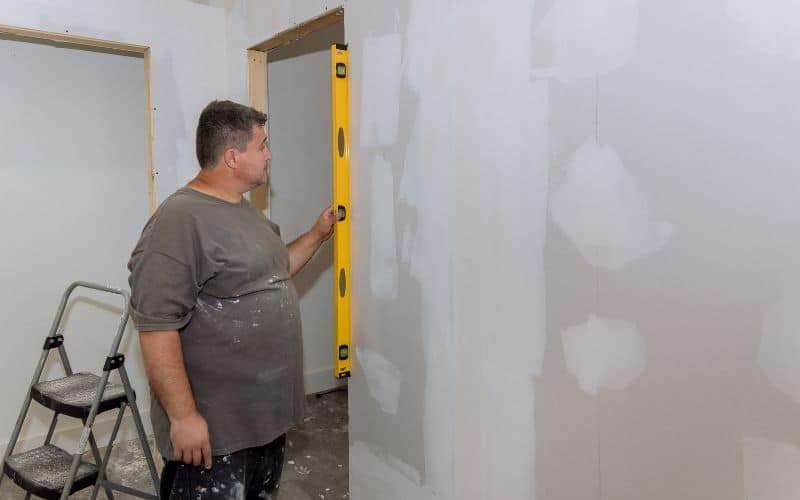
If you don’t prime drywall before painting, you risk getting a splotchy paint job or having your paint peel during humid conditions.
The only exception to priming drywall before painting is if it’s on an already painted drywall of similar/light color you wish to repaint.
If you fail to do this, your interior won’t look appealing, regardless of how neat the decorations may be.
To explain this further, we’ve highlighted the differences between primed and unprimed drywall in the table below.
| Primed Drywalls | Unprimed Drywalls |
|---|---|
| You use less paint because the primer seal drywall pores. | You require more paint coats since fresh drywalls soak paint like sponges. |
| You won’t experience bleed-throughs, patches, or unevenly colored painted drywalls. | Your drywall will appear uneven, with some areas duller or shinier than others. |
| It improves pigmentation features in paints, enabling their colors to shine through. | The colors lack the expected vibrancy. |
Anyone who paints their drywalls does that with only one goal: to improve their beauty by making them colorful.
However, not using primers could leave that dream unrealized. And it doesn’t matter how beautiful your interior decoration looks, a poor paint job will always stand out.
Below we’ve explained two main functions of drywall primer and why you should prioritize it.
#1. Primer Equalizes Color
Most new drywalls have drywall mud to finish corners and create a smooth look. But their color differences make them evident through paints, resulting in an uneven look.
And this is where the primer comes in, balancing this disparity such that the colors work off well.
Even a coat of primer from high-quality drywall primers will make the paint shine without obstructions.
#2. Primer Seals Drywall Porosity
Paper is a very absorbent material that produces a high percentage of drywall. Hence, it’s normal for drywalls to soak paint due to its porosity.
Unfortunately, absorbed paint produces a faded effect on drywalls and may cause stress or uneven textures.
But drywall primers significantly seal the drywall’s pores, eliminate paint flashing and enable the paint to settle nicely on the drywall.
Can I Paint Drywall Before the Primer Dries Completely?
It’s wrong to paint over a wet primer as it creates a rough finish, leaving your drywall stained. And most importantly, the paint won’t stick to the drywall.
Experts and users advise letting the drywall primer dry well and even sand if necessary before painting over it.
But how can one know when primers dry before painting? It depends on the type of drywall primer you used, your environment, and the quantity used.
#1. Type of Drywall Primer Used
The two primary primers generally recognized are water and oil-based, although some prefer latex primers for DIY purposes.
First, water-based primers are simple to use and dry within three hours maximum, although most could dry within 30 minutes to an hour.
In contrast, oil-based primers, which are challenging to use, require more time. They could take up a whole day to dry.
Knowing how long these primers are required to dry completely helps you paint. And that eliminates any potential issue of painting over a wet primed surface.
#2. Environmental Condition
The location of your drywall also influences how quickly it dries. And it boils down to the temperature and humidity in the room where you installed the primed drywall.
The best temperature and humidity to enable priming is 70 degrees Fahrenheit and 50% humidity.
Hence, the temperature and conditions above this can reduce or increase the primer’s drying time.
However, note that humidity plays a significant role over temperature because a primed drywall will dry better in cool, dry weather than on a hot, humid day.
#3. Quantity Used
Using two coats of primer on your drywall results in quicker drying than using multiple coats.
If you use thick, high-quality drywall primer, it’ll do the job, so you don’t use extra coats, except if you prefer it.
In conclusion, before painting a primed wall, feel it to know if it’s dry. If it comes off or feels tacky, give it more time.
Follow this guide to know how long your primer will last, and avoid totally painting on a freshly primed surface.
What Can You Do If You Forget to Prime Before Painting Drywall?
If you forgot to prime before painting, you can always prime after and repaint.
Unprimed walls painted over peel quicker and need a repaint sooner than necessary, so if you made this mistake, you could fix it.
First, sand the painted drywall, then apply a coat(s) of water or oil-based drywall primer according to the paint type and let it dry.
Also, let the already painted surface dry well before priming.
It is vital to use a suitable primer for this. Although you can interchange water primers for oil-based ones on respective paint types, it isn’t recommended.
To be safe and avoid any painting mishap altogether, stick to the correct paint primer. When you’re done fixing it, your painted drywall will look better.
Best Paints to Use on Drywall Without Priming
Painting drywalls without priming is not often recommended, but water-based paints are better options if the paint has self-priming qualities. If not, oil-based paints work well.
Below, we’ve come up with the best paints to use on drywall without priming.
#1. Acrylic paint
This paint is similar to latex paint because it is water-based. Also, they share some similarities, such as quick drying time and cleaning ease.
So you don’t need to worry about it ruining your drywall if it gets wet. However, acrylic paints possess more polymer, making them more durable and costly than latex paints.
This feature is handy for drywalls in high-traffic areas where people can come in contact with it.
#2. Latex Paint
This paint type is the easiest and most recognized paint for drywall. Latex paint dries almost instantly and has multiple colors, so you can find your desired home color.
Due to its simple usage and drying time, you can coat it a few times more to ensure it looks even. However, if you wish to use latex paints on drywalls, it’s best to go for those with self-priming qualities.
This factor is crucial as latex paints usually have weaker adhesive properties. Hence, since you won’t be priming it, sanding the surface is best to ensure it’s smooth.
#3. Enamel Paint/Alkyd Paint
These paint types are both oil-based. However, they’re challenging to work with but offer stronger adhesion and coverage on unprimed drywall.
Alkyd paints use its native oil as a base and is durable and smoother than water-based paints. It’s an excellent option for drywalls installed in open areas prone to regular contact.
On the other hand, enamel paints offer similar advantages that can withstand wear and tear.
Note: recently, water-based enamel paints have been produced, so confirm from the paint’s label which base it is before buying.
And oil-based paints require longer to dry, so if you’re applying extra coats, allow it to dry completely.
FAQs
How Many Coats of Paint Can You Use Without Primer?
When painting unprimed walls, it’s recommended to use two coats of paint. But it depends on the paint quality and color you use.
If it’s low quality and light-colored paints, double coats are better.
How Many Times Can You Paint Over Drywall?
It’s entirely up to you how many times you wish to paint your drywall. And if you notice it’s become bulky, sand the wall to make it smooth and even.
What is the Best Drywall Primer?
Polyvinyl acetate (PVA) drywall primers are the best for fresh drywalls. They reduce the surface’s porosity and are extremely sanable.

